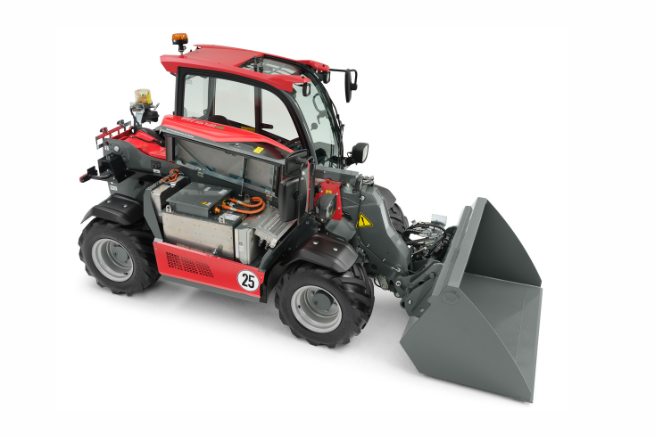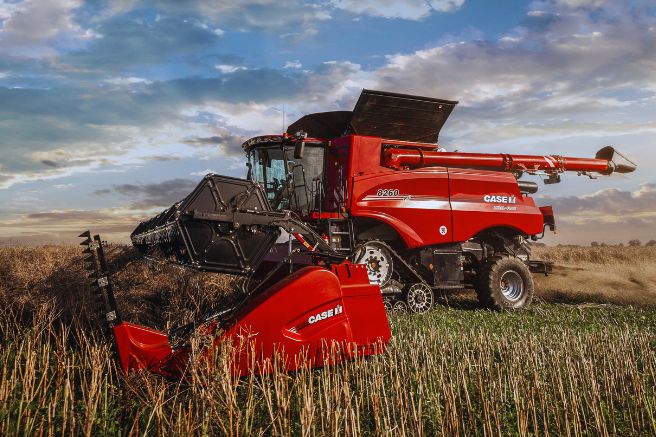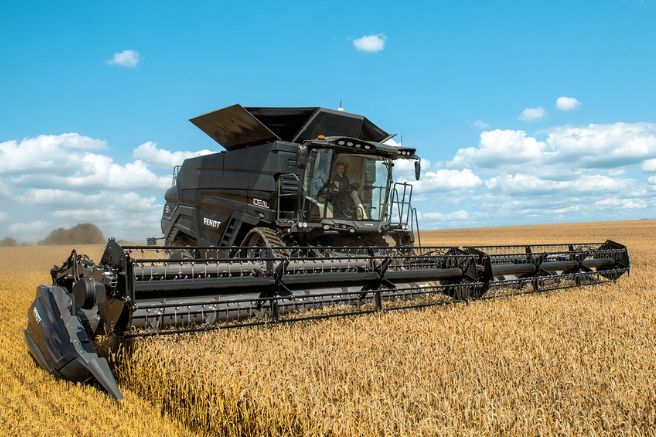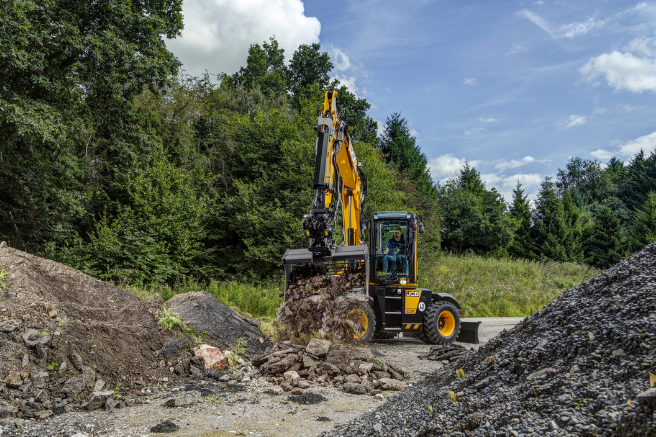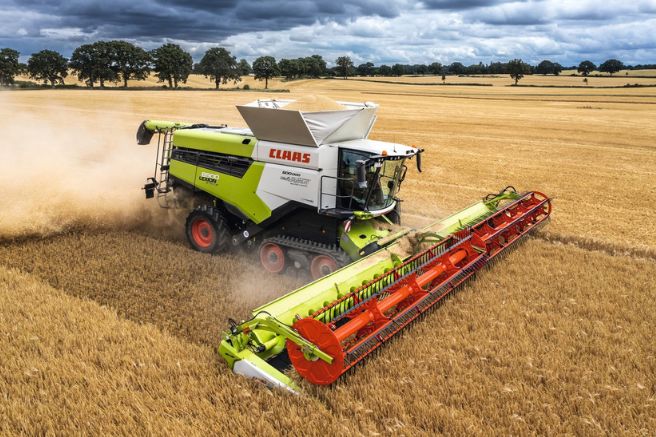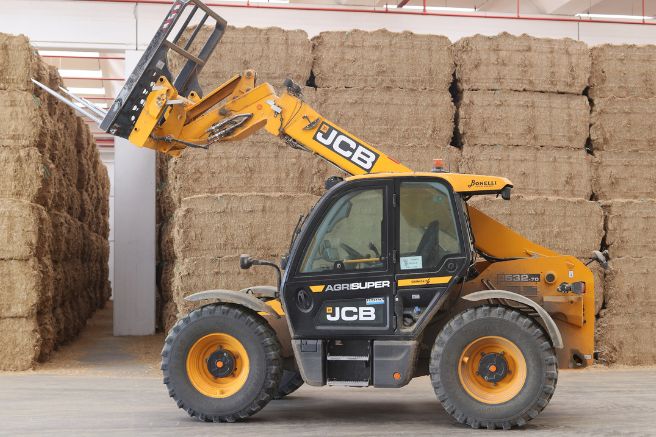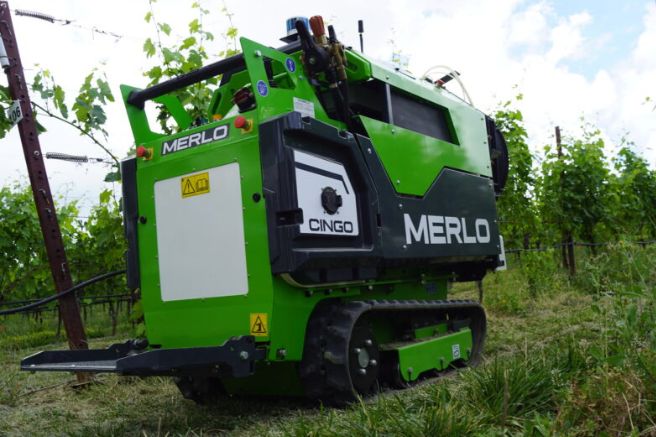The steady rise in the use of telescopic handlers in agriculture has always coincided with changes in the industry. As farms shift towards a multifunctional approach, driven by the need to maximize profitability in response to cyclical economic downturns, the demand for versatile equipment has grown. Telescopic handlers are the best solution to meet these needs, a fact well known to Weidemann, which has progressively entered this market with a wide and structured offering. The entry-level model in the German range is the compact “T4512” handler, designed for livestock farms…
Read MoreCategory: Machines
Caron “Ec70”, a jolt of energy
Over the last five years, electrification processes in the field of agricultural mechanization in Europe have evolved rapidly. The technological progress achieved with the experience gained in the automotive sector, the growing attention towards the environmental sustainability of production cycles and the increasingly stringent regulations for the reduction of polluting emissions have in fact accelerated this path, giving impetus to new solutions which through different architectures, hybrid, plug-in and full electric, also promise to improve the efficiency of the machines and reduce management costs. Wide margins for growth This has…
Read MoreCase Ih “Axial Flow 260” combine harvester, free automation
The preview last November, during Agritechnica 2023, the German agricultural mechanization exhibition. Since last July, the first models have been introduced to the market, along with the launch of an exclusive and highly advantageous commercial strategy for companies. The new Case Ih “Axial Flow 260” series combines harvesters with all the premium digital technologies in the industry, included as standard, and made available without any subscription fees. This allows operators to work with machines that fully express their functional potential without being burdened by additional production costs, aside from direct…
Read MoreFendt combine harvester “Ideal” series, top harvesting
Combining hourly productivity, one of the main economic-management parameters of any agricultural machine, with the quality of the final product has now become the primary goal pursued by manufacturers in the harvesting machinery sector. The evolution of markets has increasingly linked the concept of “time” with that of “quality,” with the latter referring both to the harvested crop and its by-products, especially straw. This trend, which started with cereal and rice supply chains, has shifted the focus of farmers and contractors toward machines capable of balancing field performance with care…
Read MoreJcb “Hydradig Pro”: dig, carry and lift
On construction sites and in agricultural businesses, the routine activities to be carried out are always highly diverse, and often, unpredictable tasks are added, either due to accidental reasons or the opportunity to supplement income with extraordinary and contingent work. A good example of this is winter road maintenance, which is only needed in the event of heavy snowfall, making it unplannable but offering interesting income opportunities. Ideally, each job would be performed with dedicated equipment, but even in the most structured construction and agricultural companies, this clashes with the need to…
Read MoreClaas combines, designed in Europe for Europe
In 1936, numerous and epoch-making changes began in the Old Continent. British economist John Maynard Keynes laid the groundwork for transforming Western socio-economic paradigms with the publication of the “General Theory of Employment, Interest, and Money,” initiating the so-called “Keynesian revolution” that gave rise to the first form of macroeconomics. This work led to a profound renewal of the society and economic structures of the time, effectively opening the door to development policies still pursued in the West today. An almost comparable milestone in agricultural mechanization was the birth, also…
Read MoreJcb “DualTech”, dual in name and in fact
One of the key questions that an agricultural organization must address when purchasing a new self-propelled machine concerns the type of transmission. Currently, there are three basic technologies available: mechanical transmission, which serves as the entry-level option; continuous transmission, which is at the top; and hydraulic transmission, which serves as a bridge between the two. Since each type of transmission has its own pros and cons, the choice should be made based on rational considerations and the specific mission profiles that each machine must fulfill. Mechanical transmissions are robust and…
Read MoreJohn Deere “T6” and “T5” combines: conventional machines with a digital twist
In Italy, the registrations of combine harvesters in the first quarter of last year, according to FederUnacoma, amounted to 60 out of a total of 407 seasonal registrations, from October 1, 2022, to September 30, 2023. This year, in the same three months, registrations were only 26, showing a decline of over 56 percent, the highest drop among all types of agricultural machinery recorded in the same period. John Deere combines: conventional machines are all new It is an extremely difficult time for large harvesters, which John Deere has responded…
Read More“Cingo M600A-e” by Merlo, the autonomous sprayer for specialized crops
It is a common opinion that the automation of agricultural machinery will lead to an almost complete revision of their current design layouts. Confirming this, a recent Bosch study, sponsored by the German Ministry of Economic Affairs and aimed at the automotive sector, suggests that future autonomous vehicles will have little in common with current ones, both in terms of structures, occupant accommodation, and driving. In fact, cars will essentially become “mobile spaces” where passengers can engage in their activities without worrying about driving. It is easy to predict that,…
Read More“Mini Agri 20.4 Smart” by Dieci: small but compact
Small is small, there’s no denying it. The new “Mini Agri 20.4 Smart” compact by Dieci, with its width of one and a half meters, combined with a length of just three and a half meters and a height slightly over one meter and ninety centimeters, certainly doesn’t give the impression of being a giant or of being able to withstand heavy and continuous use. In reality, this is precisely its true nature: that of an agricultural telehandler built to endure prolonged efforts and, therefore, capable of operating on multiple…
Read More

